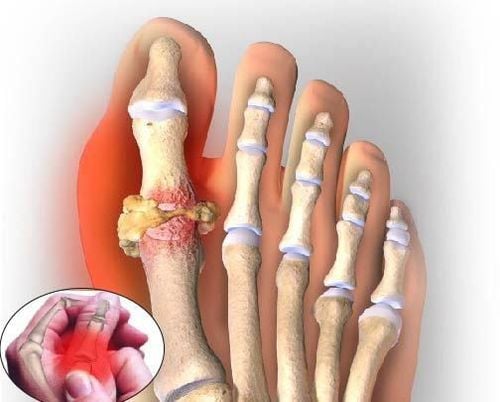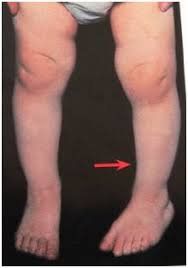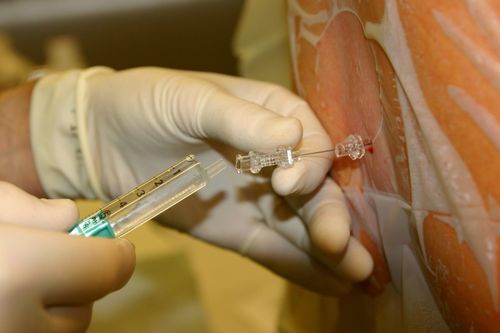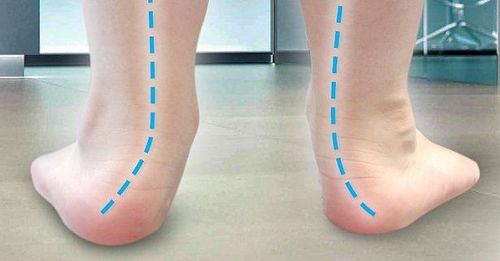This is an automatically translated article.
The article is professionally consulted by Master, Doctor Vu Quoc Anh - Department of Pediatrics - Neonatology - Vinmec Danang International General Hospital. Dr. Anh has nearly 10 years of experience as a resident doctor and treating doctor at Hue Central Hospital and Danang Children's Hospital.Deformity of the foot is one of the common birth defects in children at birth, which can be birth defects of clubfoot, flat feet or some other foot deformities. These types of foot deformities need to be detected and treated promptly to minimize the difficulties in moving when the child grows up.
1. Deformity of the foot
About 24 to 48 hours after birth, it is necessary to examine the characteristics, structure and morphology of the baby's feet because foot abnormalities are often detected during this time. Doctors can examine by stimulating the side of the heel to the little toe, then observing the movements of the foot to diagnose appropriate deformities.According to research, the cause of foot deformities in children is believed to be the position of the fetus in the uterus, which causes the baby's feet to be put a lot of pressure during the mother's pregnancy, until the later months of pregnancy. During pregnancy, the mother's pelvis narrows or the weight of the fetus increases, and the mother of twins also affects the development of foot deformities in the newborn. Some other causes can be mentioned such as genetics, sitting posture at work or posture in daily activities during pregnancy of the mother.
2. Newborn clubfoot
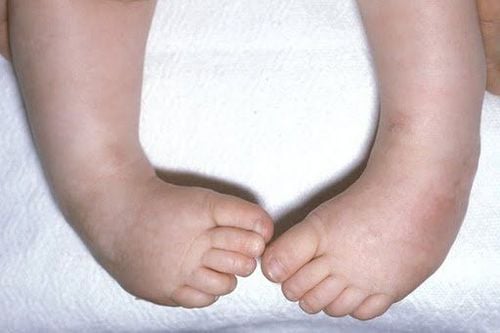
3. Arch feet
Archfoot is less common than neonatal clubfoot and is characterized by dislocations of the talus–boat, heel–box of the foot, equine sign, dorsiflexion of the forefoot, and luxation. foot and radiographs of the foot give an upright image of the calcaneus. For the arched foot, it is necessary to differentiate it from other malformations such as heel-to-toe, lateral foot.The treatment method for arched feet is usually to stretch the muscles of the front of the foot as well as the abdominal muscles of the leg, can exercise the posterior tibial muscle, the first toe or stronger plantar flexor muscle, and fix the foot in The sole has a wedge on the bottom of the foot to correct the child's dislocation.
4. Flat feet
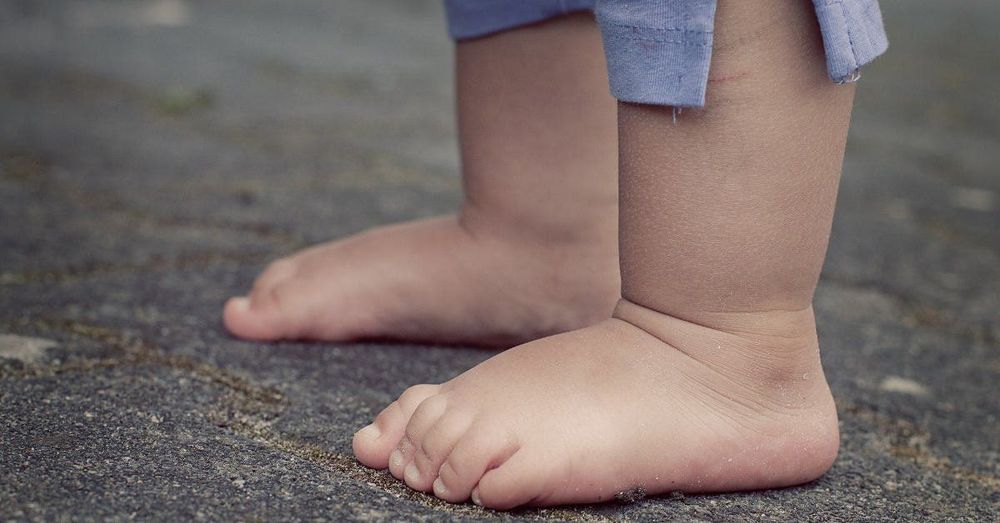
Cases of flat feet that do not automatically disappear, called pathological flat feet, will seriously affect the spinal nerves and negatively affect the child's mobility in the long run. Therefore, when the child has any abnormality in the feet as well as the gait, parents should take the child to a reputable medical facility for examination and treatment, preferably between the ages of 2 - 7 years old. The most effective treatment for flatfoot syndrome is wearing medical orthopedic shoes or having surgery when the child is older.
5. Feet touching heels
This is a common foot deformity in infants, with a very high cure if detected and treated early. Heel flexion is a condition in which the foot is flexed beyond the normal range, which may be accompanied by lateral tilt of the foot or lateral heel curvature. Clinically, the most typical symptom of heel-to-toe is when the instep of the child's foot touches the front of the lower leg.6. Forefoot pressure
Forefoot pressure is a foot deformity that belongs to the group of inward deformed feet. Forefoot pressure is a condition in which the front half of the child's foot is pressed inward, especially the big toe, giving the image the most inward pressure. When examining, palpating the outer edge of the foot will show the ridge of the little toe bone that is higher than normal.7. Some methods of treating foot deformities
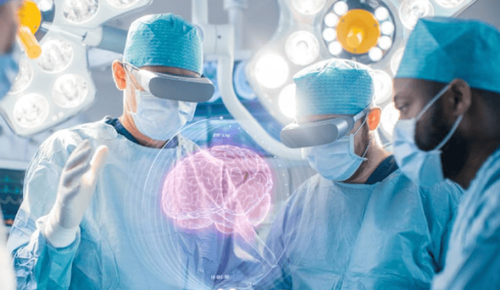
Pediatrics department at Vinmec International General Hospital is the address for receiving and examining diseases that infants and young children are susceptible to: viral fever, bacterial fever, otitis media, pneumonia in children, ... With modern equipment, sterile space, minimizing the impact as well as the risk of disease spread. Along with that is the dedication from the doctors with professional experience with pediatric patients, making the examination no longer a concern of the parents.
Please dial HOTLINE for more information or register for an appointment HERE. Download MyVinmec app to make appointments faster and to manage your bookings easily.






